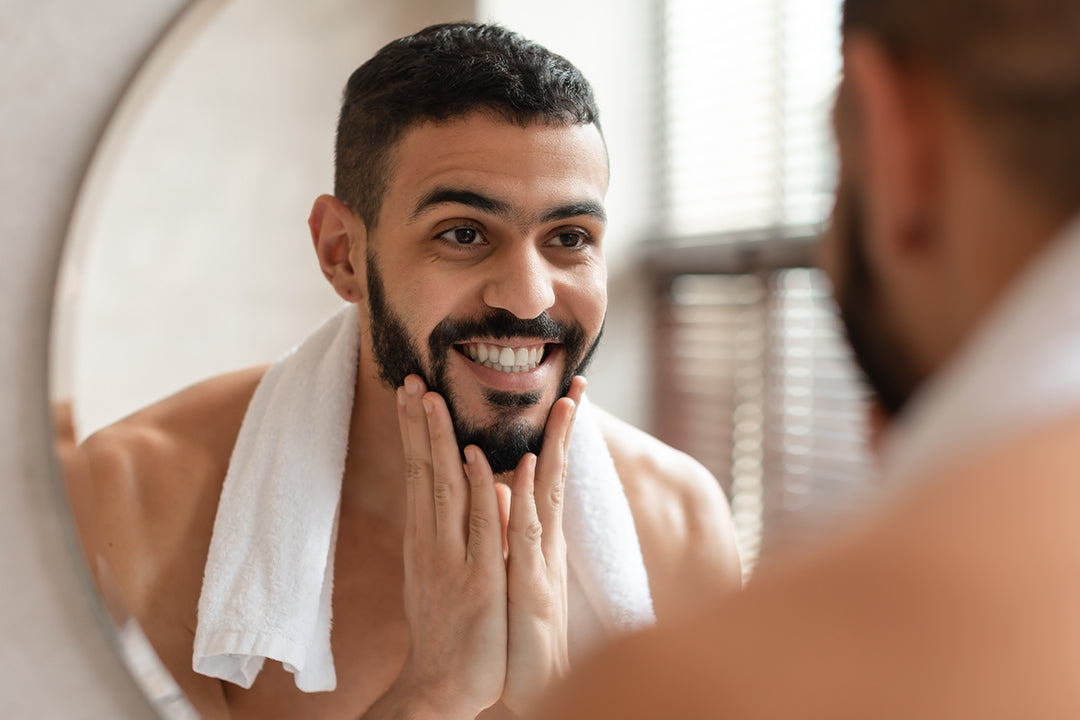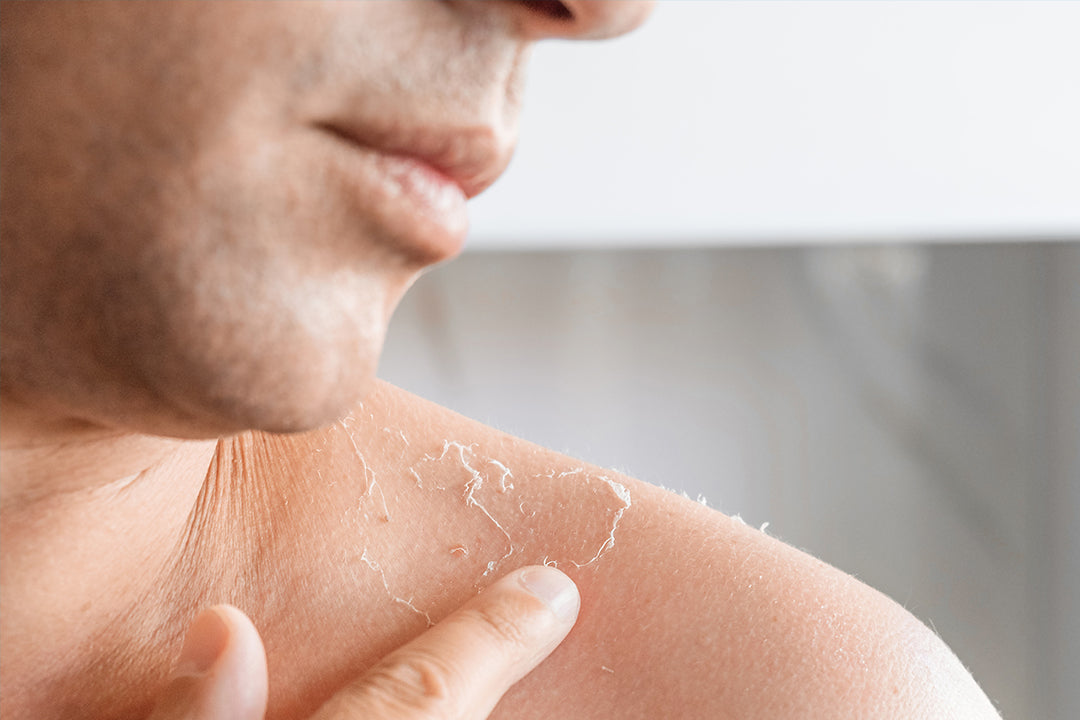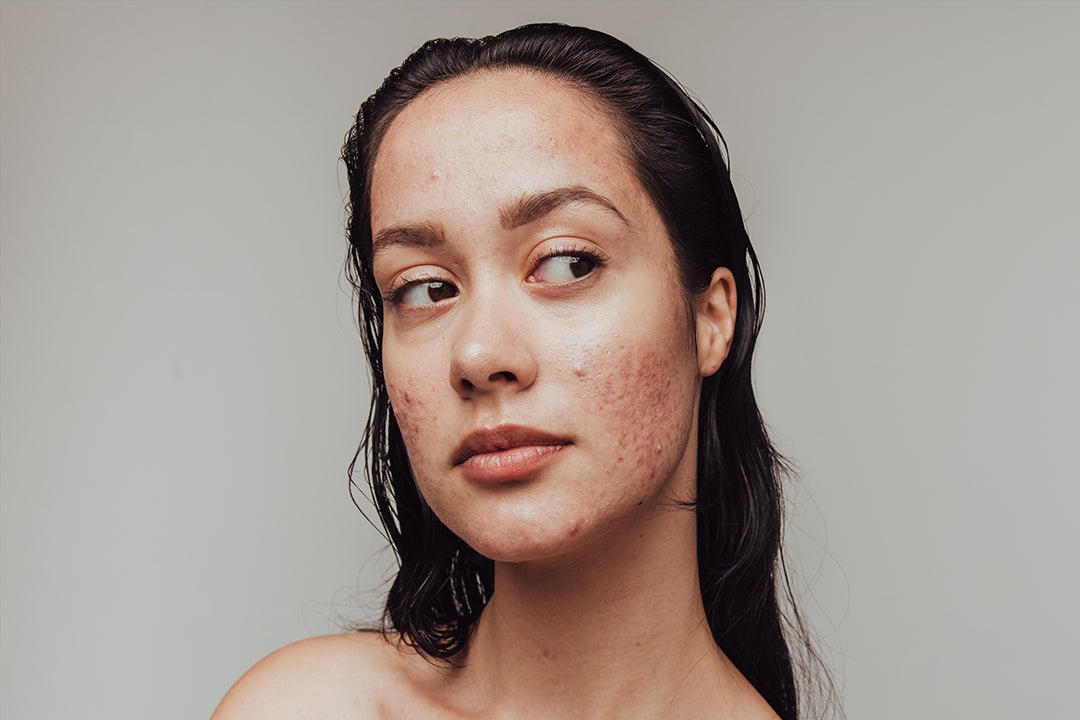When it comes to skincare, one area that often gets overlooked is the T-zone of the face. This region, encompassing the forehead, nose, and upper lip, is known as the Danger Triangle. But what exactly is the Danger Triangle, and why is it important to protect it? In this article, we will explore the dangers associated with the T-zone and provide valuable tips on how to keep it healthy and safe.
The Danger Triangle: Explained
The Danger Triangle refers to the area of the face from the bridge of the nose down to the corners of the mouth. This triangular region is considered dangerous because of its unique anatomy. It contains a network of blood vessels and nerves that are interconnected with the brain, particularly the cavernous sinus. This region is very prone to breakouts.
If an infection were to occur in the Danger Triangle, it has the potential to spread to the cavernous sinus, leading to serious complications such as meningitis or a brain abscess. Therefore, it is crucial to understand the risks associated with this region and take precautions to prevent infections.
Why Popping Pimples in the Danger Triangle is a Bad Idea
One common mistake many people make is popping pimples in the Danger Triangle. This can be extremely dangerous as it can introduce bacteria into the bloodstream, which can then travel to the cavernous sinus. Even a seemingly harmless pimple in this area can have grave consequences.
Openings in the skin of the Danger Triangle can lead to seriously harmful infections. It is advisable to avoid popping zits in this specific region to minimize the risk of infection and potential complications.
How to Safely Pop Pimples
If you must pop a pimple, it is important to do so safely. Here are some guidelines to follow:
- Only pop pimples that have come to a head and are ready to be drained.
- Wash your hands thoroughly before touching your face.
- Sterilize a needle or pin with rubbing alcohol.
- Gently prick the surface of the pimple, avoiding the Danger Triangle.
- Apply a warm compress to the pimple to help draw out the pus.
- Cleanse the area with a mild cleanser after draining the pimple.
- Avoid applying excessive pressure or squeezing the pimple too hard.
- Do not pick at scabs or crusts that form after popping a pimple.
Remember, it is always best to consult a healthcare provider or dermatologist for proper guidance and treatment of acne and pimples.
Preventing Infections in the Danger Triangle
Prevention is key when it comes to protecting your T-zone from infections. Here are some essential tips:
- Maintain a consistent and gentle skincare routine, focusing on cleansing and moisturizing the T-zone.
- Avoid harsh scrubbing or exfoliating in the Danger Triangle area.
- Keep your hands away from your face to minimize the transfer of bacteria.
- Avoid touching or picking at your pimples, especially in the Danger Triangle.
- Regularly wash your pillowcases, towels, and other items that come into contact with your face.
- Avoid sharing personal items such as makeup brushes or razors.
- Be cautious of using skincare products that may irritate or clog the pores in the T-zone.
Takeaways
Your T-zone, also known as the Danger Triangle of the face, requires special attention and care. By understanding the risks associated with this region and following proper skincare practices, you can protect yourself from potentially harmful infections.
Remember, prevention is key. Avoid popping pimples in the Danger Triangle and maintain a consistent skincare routine. If you have concerns or are experiencing persistent acne or skin issues, it is always best to consult a healthcare provider or dermatologist for personalized advice.









